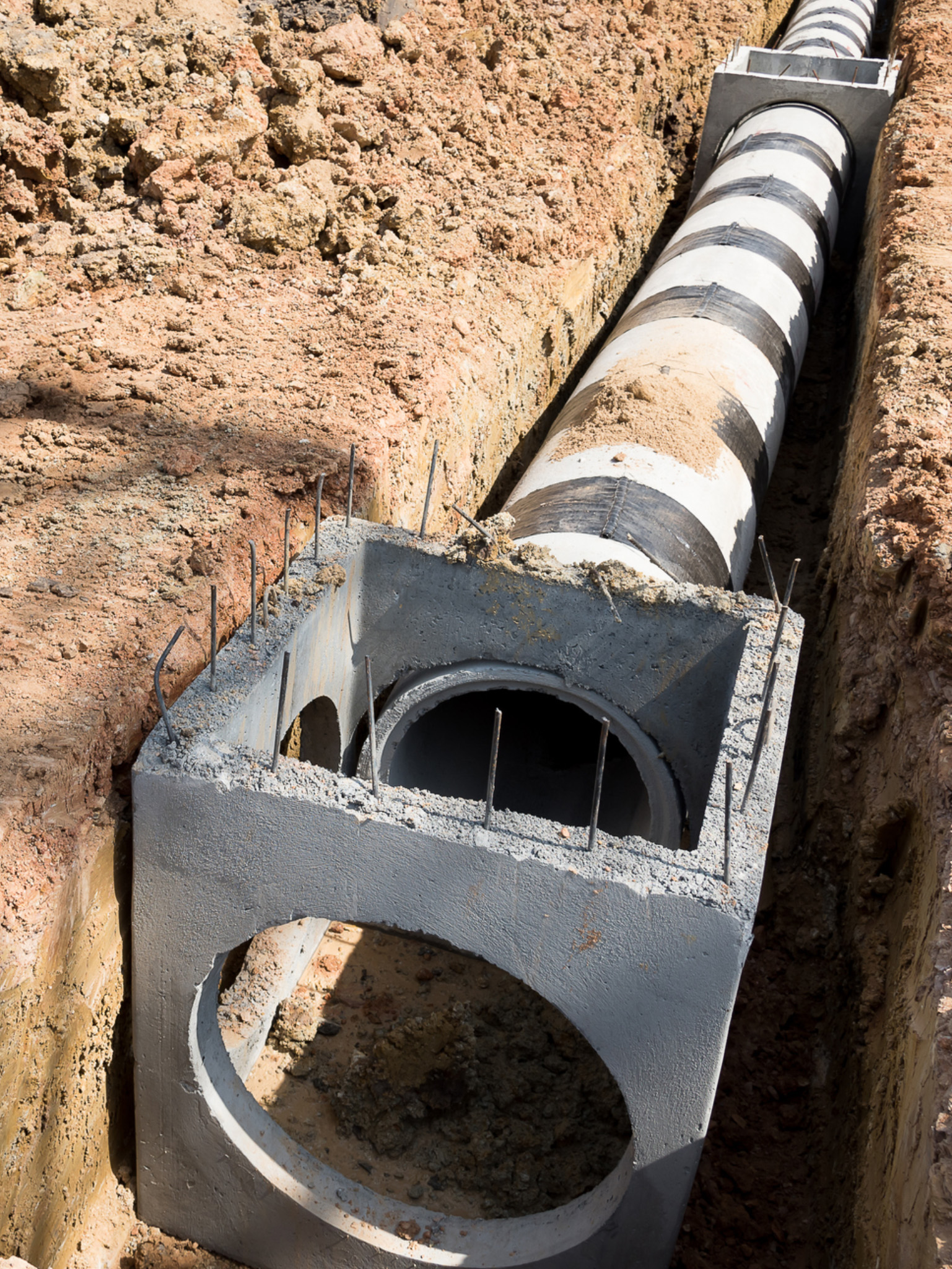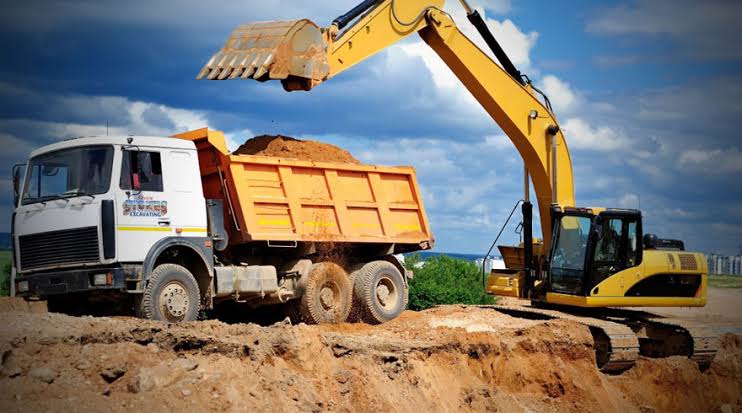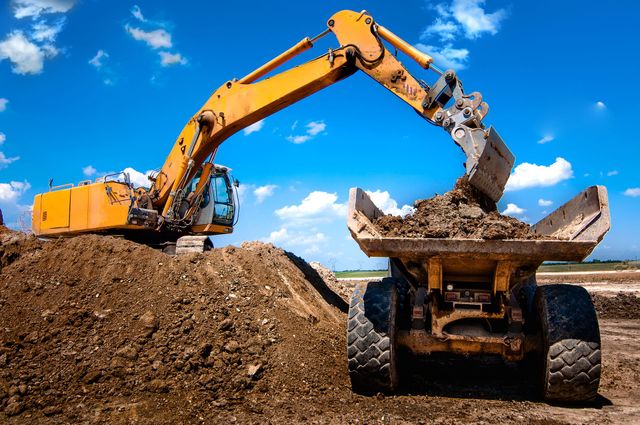Budget-friendly Lancaster Excavation - Top Quality Excavation at Competitive Prices
Budget-friendly Lancaster Excavation - Top Quality Excavation at Competitive Prices
Blog Article
Unveiling the Art of Excavation: Pro Tips for Safe and Productive Excavating
In the world of excavation, the mastery of productive and safe excavating is an art type that needs precision, expertise, and adherence to recognized methods. As soil is transformed and earth is moved, the ins and outs of excavation expose themselves, requiring a keen understanding of devices, soil make-up, security protocols, and ecological considerations. The proficiency required to browse these elements efficiently can imply the distinction in between a successful excavation project and a possible calamity. By deciphering the layers of this detailed procedure, a world of understandings and approaches waits for those seeking to raise their excavation skills to new heights.
Importance of Correct Devices
To ensure the security and effectiveness of any type of excavation task, making use of the suitable tools is critical. Excavation projects differ in extent and complexity, ranging from tiny household landscaping work to large building and construction tasks.
Excavators are fundamental pieces of equipment in any kind of excavating operation. These functional machines been available in various sizes to match different task needs. Tiny excavators are optimal for smaller tasks, while bigger excavators deal with much more extensive tasks efficiently. Backhoes are one more crucial tools kind, combining the functions of a loader and an excavator in one maker. They are beneficial for tasks requiring flexibility and ability to move.
Excavators stand out in jobs that call for pushing huge quantities of soil or particles. By investing in the appropriate tools, excavation jobs can be completed safely, on time, and with accuracy.
Understanding Dirt Make-up
A detailed understanding of soil make-up is fundamental for performing excavation tasks with precision and safety and security. Understanding the different kinds of soil is important as it straight influences excavation approaches, equipment choice, and total job efficiency. Soil structure commonly contains four primary elements: sand, silt, clay, and raw material. Each part has one-of-a-kind residential or commercial properties that affect how dirt responds to excavation processes.
Silt fragments are smaller sized than sand but bigger than clay, offering modest water drainage and cohesion. Organic issue, such as decomposing plant product, impacts dirt fertility and security.
Prior to commencing excavation, performing soil examinations to determine its composition and features is vital. This information aids in choosing the ideal equipment, implementing precaution, and creating excavation techniques customized to the particular dirt problems - lancaster trenching. By recognizing soil make-up, excavation specialists can enhance project end results while making sure safety and security and adherence to finest methods
Safety Measures and Methods
Comprehending soil composition is the keystone upon which precaution and protocols for excavation jobs are built, making sure the health of workers and the success of the undertaking. When it involves safety during excavation, there are a number of crucial procedures that must be applied to reduce risks and protect against crashes.
Primarily, before any kind of excavating starts, a detailed inspection of the site ought to be carried out to recognize any prospective risks such as below ground utilities, unpredictable soil conditions, or nearby structures that could pose a threat. It is essential to have a competent individual manage the excavation process to ensure that all safety methods are followed purely.
Additionally, all workers entailed in the excavation has to be appropriately educated in secure digging methods and the proper procedure of devices. By adhering to these safety procedures and methods, excavation projects can be completed effectively and without occurrence.
Efficient Excavation Planning
When beginning on an excavation task, careful preparation is important to make sure performance, safety and security, and effective end results. Effective excavation planning involves a number of crucial actions that are important for the smooth implementation of the task.
When the website evaluation is full, the next step is to produce a clear timeline and routine for the excavation activities. This includes establishing the series of jobs, tools requirements, and manpower allocation. Proper organizing aids stay clear of delays and makes certain that the project remains on track.

Furthermore, communication amongst all employee is view publisher site extremely important during the preparation phase. Clear regulations, regular updates, and efficient sychronisation are crucial for an effective excavation task. By spending time and effort in careful preparation, excavation groups can significantly enhance efficiency, decrease risks, and attain successful outcomes.

Handling Environmental Considerations
With boosting emphasis on environmental sustainability in building techniques, managing environmental factors to consider has ended up being an important aspect of excavation tasks. Excavation tasks have the possible to impact the surrounding atmosphere with dirt erosion, sediment drainage, habitat interruption, and contamination of water resources. To alleviate these threats, it is necessary to execute ideal practices that prioritize environmental management.

Furthermore, proper waste management is vital to stop dirt and water contamination. Implementing procedures for the disposal of harmful products, recycling of waste materials, and reducing using harmful chemicals can significantly decrease the environmental influence of excavation jobs. By integrating these techniques into excavation preparation and implementation, building business can make sure that their jobs are not only secure and effective but likewise environmentally accountable.
Final Thought
Finally, grasping the art of excavation needs a comprehensive understanding of correct equipment, soil structure, precaution, and a knockout post effective planning. By complying with these guidelines and thinking about ecological variables, excavations can be carried out securely and successfully. It is critical to focus on safety and efficiency in every excavating job to make sure successful outcomes.
As soil is transformed and earth is relocated, the complexities of excavation reveal themselves, requiring an eager understanding of equipment, dirt composition, safety procedures, and ecological considerations.To ensure the security and performance of any excavation task, using the suitable equipment is vital.A detailed grasp of soil make-up is essential for carrying out excavation tasks with accuracy and security. Understanding the different types of dirt is important as it straight affects excavation techniques, devices choice, and general task effectiveness. By comprehending dirt composition, excavation check this site out professionals can enhance project outcomes while ensuring safety and security and adherence to ideal methods.
Report this page